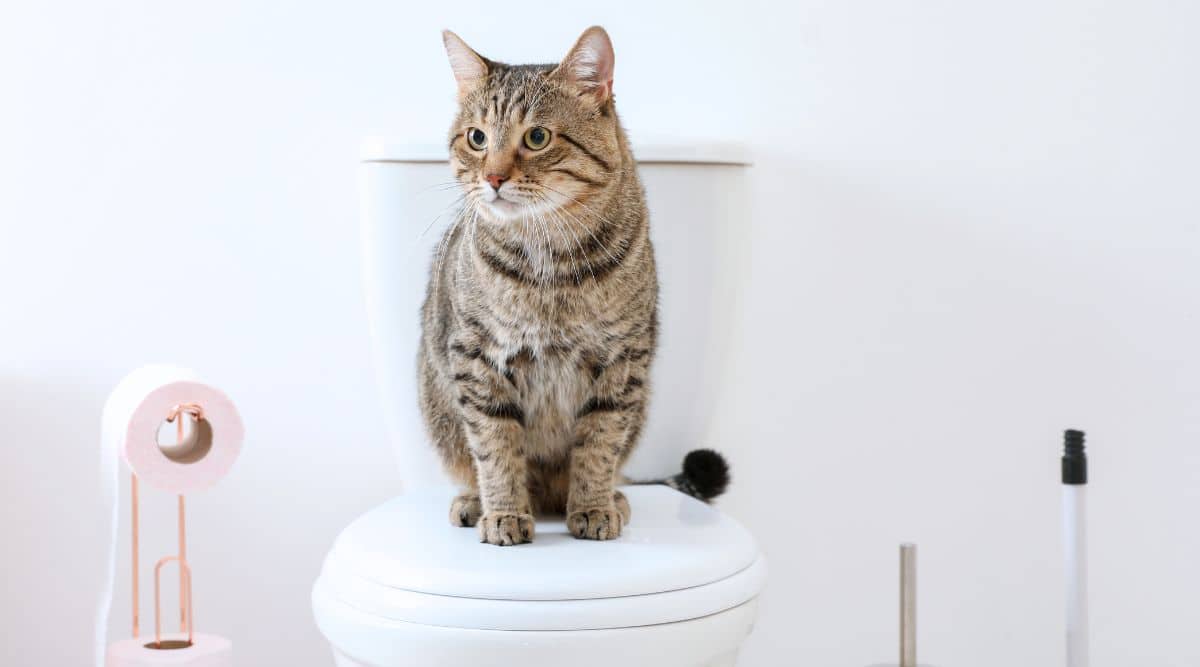Why You Shouldn't Flush Cat Poop Down Your Toilet - Maintain Your Pipe System
Why You Shouldn't Flush Cat Poop Down Your Toilet - Maintain Your Pipe System
Blog Article
Just about everyone maintains their own theory when it comes to How to Dispose of Cat Poop and Litter Without Plastic Bags.

Introduction
As pet cat proprietors, it's vital to be mindful of just how we get rid of our feline pals' waste. While it might seem convenient to purge feline poop down the bathroom, this practice can have detrimental effects for both the environment and human wellness.
Environmental Impact
Purging cat poop presents harmful microorganisms and parasites right into the water supply, posing a considerable risk to marine communities. These impurities can negatively affect aquatic life and compromise water high quality.
Health Risks
In addition to ecological issues, purging feline waste can additionally pose health and wellness threats to humans. Feline feces might contain Toxoplasma gondii, a parasite that can create toxoplasmosis-- a potentially serious ailment, particularly for expectant females and individuals with weakened body immune systems.
Alternatives to Flushing
The good news is, there are safer and much more liable ways to dispose of feline poop. Consider the complying with choices:
1. Scoop and Dispose in Trash
One of the most common method of getting rid of pet cat poop is to scoop it right into a biodegradable bag and throw it in the garbage. Make certain to use a devoted trash inside story and deal with the waste immediately.
2. Usage Biodegradable Litter
Select eco-friendly pet cat clutter made from products such as corn or wheat. These trashes are environmentally friendly and can be safely thrown away in the garbage.
3. Bury in the Yard
If you have a lawn, think about hiding feline waste in an assigned location away from vegetable gardens and water sources. Make certain to dig deep enough to stop contamination of groundwater.
4. Mount a Pet Waste Disposal System
Buy a pet dog garbage disposal system particularly created for pet cat waste. These systems make use of enzymes to break down the waste, lowering odor and environmental impact.
Conclusion
Responsible pet dog ownership expands past supplying food and shelter-- it additionally includes proper waste management. By avoiding purging feline poop down the toilet and opting for different disposal techniques, we can reduce our environmental impact and safeguard human health and wellness.
Why Can’t I Flush Cat Poop?
It Spreads a Parasite
Cats are frequently infected with a parasite called toxoplasma gondii. The parasite causes an infection called toxoplasmosis. It is usually harmless to cats. The parasite only uses cat poop as a host for its eggs. Otherwise, the cat’s immune system usually keeps the infection at low enough levels to maintain its own health. But it does not stop the develop of eggs. These eggs are tiny and surprisingly tough. They may survive for a year before they begin to grow. But that’s the problem.
Our wastewater system is not designed to deal with toxoplasmosis eggs. Instead, most eggs will flush from your toilet into sewers and wastewater management plants. After the sewage is treated for many other harmful things in it, it is typically released into local rivers, lakes, or oceans. Here, the toxoplasmosis eggs can find new hosts, including starfish, crabs, otters, and many other wildlife. For many, this is a significant risk to their health. Toxoplasmosis can also end up infecting water sources that are important for agriculture, which means our deer, pigs, and sheep can get infected too.
Is There Risk to Humans?
There can be a risk to human life from flushing cat poop down the toilet. If you do so, the parasites from your cat’s poop can end up in shellfish, game animals, or livestock. If this meat is then served raw or undercooked, the people who eat it can get sick.
In fact, according to the CDC, 40 million people in the United States are infected with toxoplasma gondii. They get it from exposure to infected seafood, or from some kind of cat poop contamination, like drinking from a stream that is contaminated or touching anything that has come into contact with cat poop. That includes just cleaning a cat litter box.
Most people who get infected with these parasites will not develop any symptoms. However, for pregnant women or for those with compromised immune systems, the parasite can cause severe health problems.
How to Handle Cat Poop
The best way to handle cat poop is actually to clean the box more often. The eggs that the parasite sheds will not become active until one to five days after the cat poops. That means that if you clean daily, you’re much less likely to come into direct contact with infectious eggs.
That said, always dispose of cat poop in the garbage and not down the toilet. Wash your hands before and after you clean the litter box, and bring the bag of poop right outside to your garbage bins.
https://trenchlesssolutionsusa.com/why-cant-i-flush-cat-poop/

We were shown that write-up on Can You Flush Cat Poo or Litter Down the Toilet? through a good friend on another web page. Feel free to set aside a second to promote this write-up if you liked it. Thank you for your time. Kindly check our blog back soon.
Book A Service Call Report this page